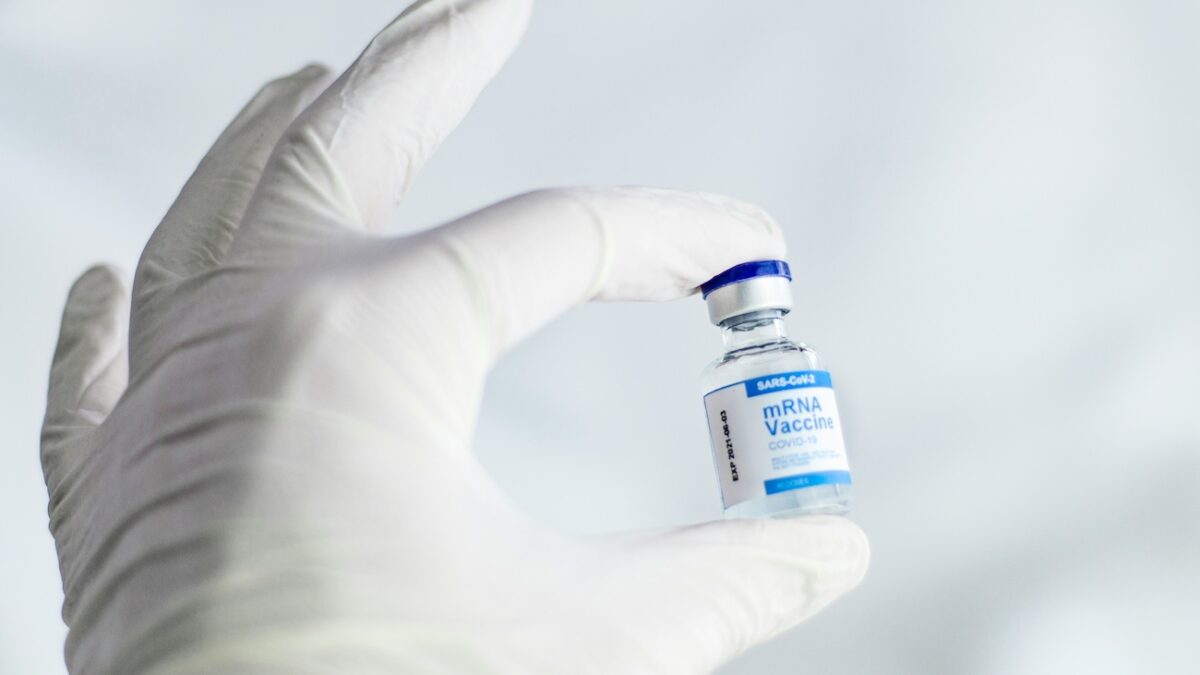Although Democrat vice presidential nominee Gov. Tim Walz repeatedly claimed he and his wife used invitro fertilization to create children, it turns out they used another fertility procedure that doesn’t involve destroying or long-term freezing embryos. The Walzes used intrauterine insemination, a procedure that places sperm into a uterus during ovulation rather than manufacturing humans in test tubes.
Widespread concerns among United States citizens about the legality of IVF began with the overturning of Roe v. Wade and continue with Democrats and Republicans promising to protect IVF. Many Americans ignore the harms of IVF, such as low success rates and experimental practices that treat embryos as disposable commodities.
Many also aren’t aware of alternative treatments, such as restorative reproductive medicine. Unlike IVF, RRM works to remedy the underlying causes of infertility as opposed to simply masking them.
Types of Restorative Reproductive Medicine
There are various forms of RRM. The most common include Fertility Education and Medical Management (FEMM), and Natural Procreative Technology (NaProTechnology). These practices involve a woman tracking her cycle through methods such as the Creighton Method and Billings Ovulation Method. This can help determine the underlying cause of infertility based on factors such as the cervical mucus pattern and the rising and falling of progesterone.
Instead of simply masking the symptoms of health issues, the charting approach works naturally with the body in order to improve health. Physicians trained in these technologies utilize ultrasounds, x-rays, blood tests, exploratory surgery, and other tests to pinpoint underlying disorders and hormonal imbalances.
Such doctors may determine the need for hormone therapies using bioidentical as opposed to the synthetic hormones often prescribed by infertility specialists. Sometimes they will prescribe operations, such as laparoscopic surgery for endometriosis, ovarian wedge resection for polycystic ovarian syndrome, and lifestyle and diet changes.
Lower Risks
RRM treatments are void of harmful medications often used in the IVF process such as birth control pills, the hormone Lupron, and synthetic progesterone and estrogen, as well as void of physical harms involved in ovarian stimulation and egg-harvesting. Women seeking to have their eggs extracted must submit to an unnatural process that includes hyperstimulation of their ovaries. That is done by the daily injection of follicle-stimulating hormones called gonadotropins to coerce the ovaries to mature and release several eggs at once.
Lupron, a common drug used to stimulate egg production, is utilized off-label, meaning that it was never registered for use in artificial reproduction and fertility treatment, nor has it been tested for short or long-term negative health effects. Lupron carries risks of side effects that include hypotension, blood disorders, autoimmune diseases, osteoarthritis, degenerative disc disease, and cancer.
Gonadotropins also carry the risk ovarian hyperstimulation syndrome, which can result in pulmonary issues, stroke, blood clots, kidney dysfunction, loss of fertility, premature menopause, and even death. The egg retrieval process comes with risks such as injury to the bladder, bowel, uterus, ovaries, and blood vessels. There is also the risk of pelvic infection, ovarian infection, ectopic pregnancy, and miscarriage.
Restorative reproductive medicine also honors the unitive and procreative nature of the marital act with the use of perforated condoms as opposed to masturbation to collect sperm samples.
Higher Success Rates
Restorative reproductive medicine is often covered by insurance. It not only costs less than IVF (which can cost around $12,000 to $14,000 per cycle) but offers higher success rates compared to IVF. For IVF, only 2-7 percent of all lab-created children are born alive.
In 2019, a comparative study of an Irish RRM clinic and the Human Fertilization and Embryology Authority showed that “RRM treatment had a live birth rate of 40.4% compared to 24.4% per treatment cycle for IVF.” Further, restorative fertility specialist Dr. Patrick Yeung states that after the full medical and surgical treatment of RMM, the success rates can be up to 70 percent after one to two years for patients with an average age of 35.
Those who believe in honoring the worth and dignity of persons and preserving children’s rights to life and to their mothers and fathers must push restorative treatments and insist that pro-life politicians reduce their ignorance of the harms of reproductive technologies. RRM treatments honor children’s natural rights, while IVF, which manufactures potential children in a laboratory petri dish, violates them.








